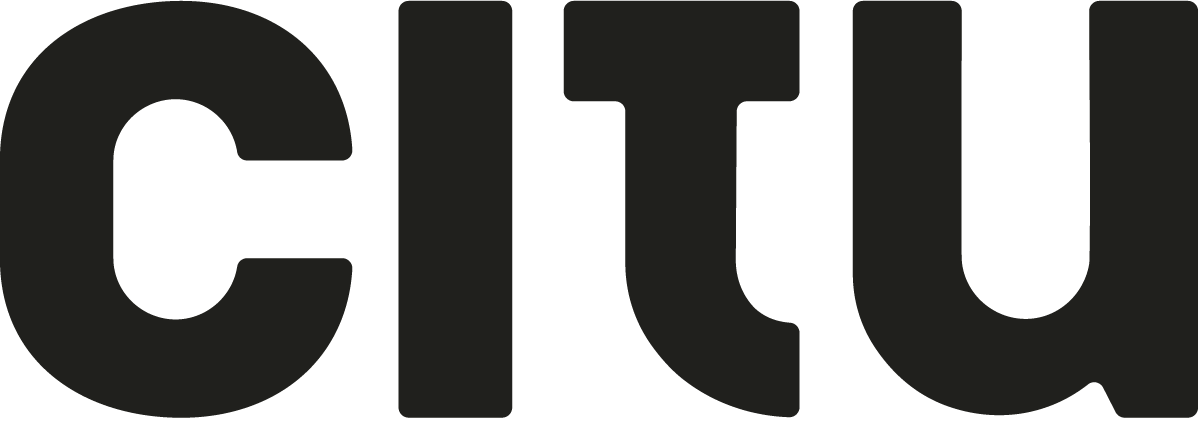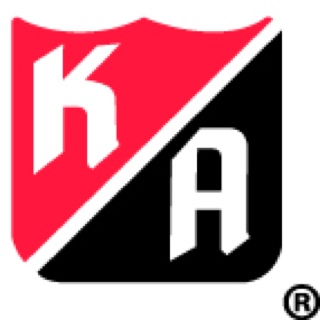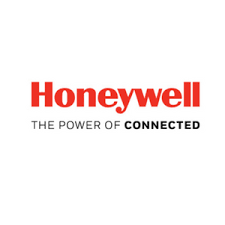Information
-
Customer Name
-
Job Number
-
QC Performed by
-
Location
-
Room
-
Conducted on
-
Add signature
Section 01 - Initial Checks
Section 01 – Initial Checks
-
1. Completed BOM and job scope received and change orders reviewed?
-
2. Complete set of approved and stamped drawings received from engineering?
-
3. All equipment pulled/received/signed for from warehouse?
-
4. All hardware pulled/received/signed for from warehouse?
-
5. Delivery Tickets filled out and include serial numbers and mac addresses?
-
6. Job envelope created, taped to rack. Keys, delivery tickets & wire number sheets placed inside?
-
7. All manuals,remotes and accessories placed in box,labeled and on job pile?
-
8. Racks are vacuumed/cleaned and ready to be transported to jobsite?
-
9. All changes marked in red ink on the build set of drawings?
-
10. Was a punch list made and provided to project manager?
Section 02 - Detailed Checks
A. Equipment Rack Physical Inspection
-
1. Rack-mounted equipment installed as shown on the rack elevation shop drawings?
-
2. Appropriate factory or custom Rack-mount adapters for all equipment installed in rack, whether specifically itemized or not?
-
3. Rear support installed for any equipment that exhibits mount stress or tilt caused by the depth or weight of the equipment?
-
4. The front of the rack has the appropriate blanks and vents installed to fill in areas not used for equipment mounting?
-
5. Technical Innovation Logo panel is installed at the top of each rack and has job number engraved on it?
-
6. Mounting hardware used for each component in racks is identical in color,size,and appearance?
-
7. Rack mounts and blanks are of the same finish; no mixing of speckled and brushed finishes?
-
8. Rack has appropriate top and base installed?
B.Labeling
-
1. Signal cables are labeled per Infocomm standards using machine printed labels and exactly as per shop wiring diagrams?
-
2. Power cables are marked as indicated on shop drawings (if applicable)?
-
3. Equipment is labeled on the front with engraved, lamicoid/phenolic type labels (if applicable and noted on the shop drawings)?
-
4.Wall wart power supplies are labeled as to which item/s they are powering?
-
5. Main rack-to-wall power cable is clearly labeled as such?
C.Wiring & Harnessing
-
1. Low level signal cables that are susceptible to interference are installed on the right side of the rack (mic level,line level,video,low power RF)?
-
2. High level signal cables that can cause interference are installed on the left side of the rack (DC power,Rs232/422/485, speaker level, AC power)?
-
3. Cables are installed and combined neatly and dressed to support bars (no sagging)?
-
4. Cables come off lacing bars at 90 degrees but do not exceed bend radius?
-
5. Is it possible to easily remove individual equipment items for service (service loops,power dressed correctly)?
-
6. Equipment installed on slide assemblies have service loop on all cables to accommodate full travel of the slides?
-
7. Are grommets or bushings installed around cutouts and knockouts where conduit or chase nipple are not installed?
-
8. Are brush panels installed for any cables pentrating the front of the rack?
-
9. Tie wraps reqularly spaced,rotated the same way,not over-tightened and cut flush?
-
10. Parallel or jumpered wire connections are made at terminal blocks (no wire nuts)?
-
11. Patch bays installed and wired person drawings?
D. Terminations (random Checks)
-
1.Solder joints will meet the following criteria:
-
A. Final solder joint will be bright and shiny and show no evidence of being cold a " cold joint".
-
B. No bare wire will be exposed within the connection.
-
C. All solder Joints will "wet" and flow around conductors and terminations. In no case will the general outline of the conductor be invisible due to excessive solder.
-
D. The joint will be free of contamination from foreign matter.
-
E. Heat shrink is used per Infocomm Standards.
-
F. Insulation/heat shrink will not be charred,melted,or burned by the soldering operation.
-
2. Crimp connections will meet the following criteria:
-
A. Terminal lug not cracked.
-
B. No insulation in the wire barrel.
-
C. Terminal insulation not cracked.
-
D. No wire stands nicked or lost.
-
E. Wire stripped to the correct length and positioned in the crimp Barret so the strands protrude slightly from the barrel.
-
3. Captive wire Connectors will meet the following criteria:
-
A. Use stranded wire only.
-
B. Strip individual stranded wire so that 1/16th-inch of wire is visible beyond the connector.
-
4.BNC connectors will meet the following criteria:
-
A. No exposed braid.
-
B. Physical integrity (cannot pull connectors off the cable).
-
C. Heat shrink used for strain relief per Infocomm Standards.
-
5.Connections of audio shields:
-
A. For line level balanced audio signals,wire according to the shop wiring diagrams. Any shield not connected should be folded back over the cable jacket and secured with tie wrap/ heat shrink. Do not cut off unused shield.
-
B. Microphone level signals will always have the shield connected on both ends.
E. Rack Power
-
1. If specified, power strips will be mounted vertically in the rack. The number of power outlets will be adequate to supply power to all specified equipment in that rack plus at least two spare outlets.
-
2.Plastic Power strip are not used.
-
3."Wall Warts" will be securely fastened to AC strips using tie wraps (use of wall warts should be minimized by engineers specify appropriate power distribution products where these exist).
-
4.Verify that un-switched power is provided to components as identified on shop wiring diagram.
-
5. Verify that switch power is provided to components as identified on shop wiring diagram.
-
6.The only power cable exiting the rack and plugging into the wall shall be the input to the power conditioner. Power strips within the rack shall be fed from the power conditioner.
-
7. Plug the rack in and verify that all equipment powers up.












